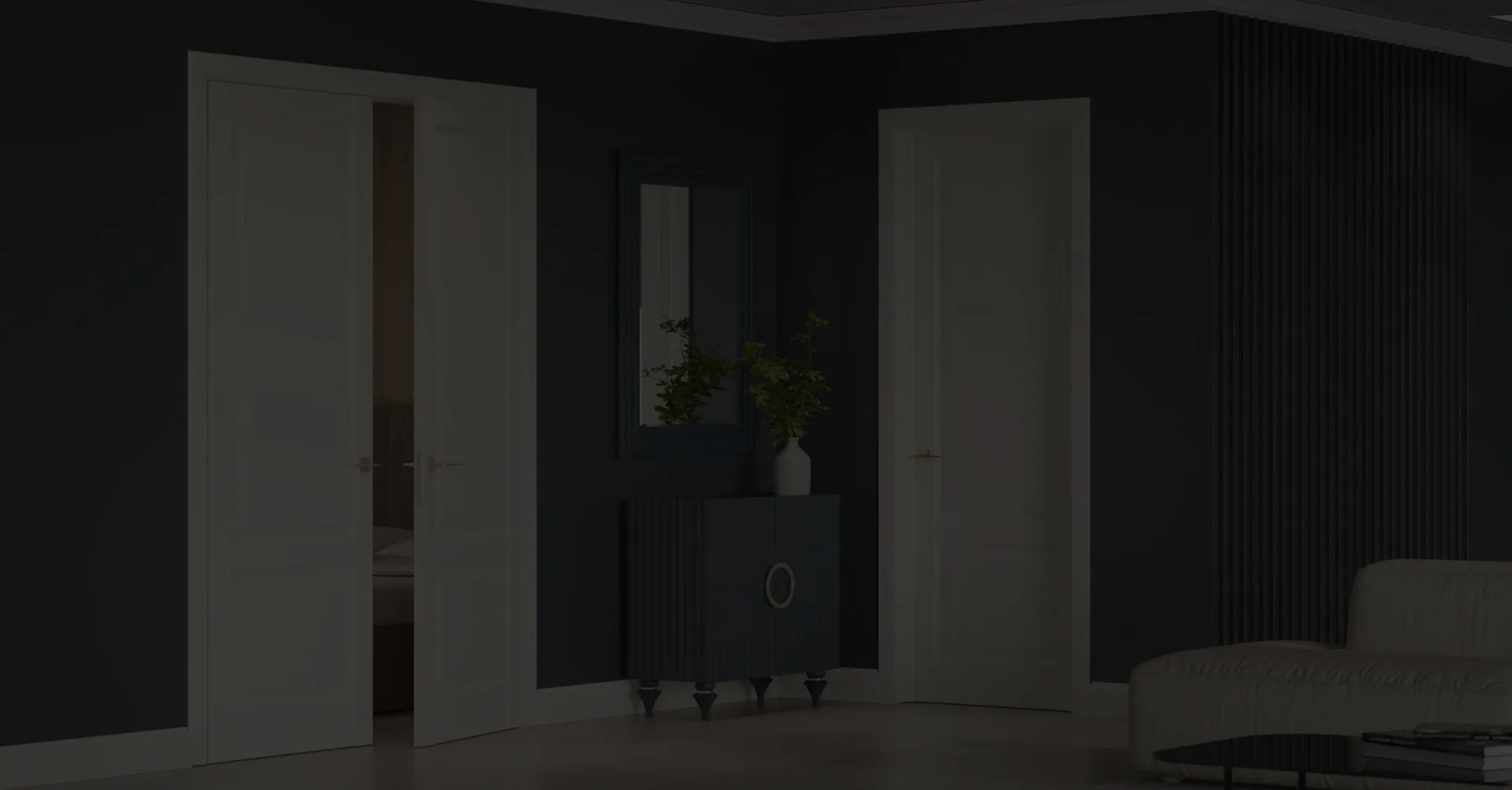types of window weather stripping
Types of Window Weather Stripping Ensuring Energy Efficiency and Comfort
As energy efficiency becomes more critical in today’s environmentally conscious world, homeowners are increasingly looking for ways to improve their homes' insulation. One effective solution is weather stripping, a simple yet essential method for sealing gaps around windows. This article will explore the different types of window weather stripping, their benefits, and how to select the right one for your needs.
What is Weather Stripping?
Weather stripping is the process of applying a material to seal gaps and openings in windows and doors. This sealing prevents air leaks, keeping your home warm during winter and cool during summer. Proper weather stripping can significantly reduce energy costs, enhance comfort, and minimize maintenance issues caused by moisture ingress.
1. Adhesive-Backed Foam Strips
Adhesive-backed foam strips are among the most popular choices for window weather stripping due to their ease of installation and affordability. These strips are made from a soft, flexible foam material that compresses easily, allowing them to fit snugly into the gaps around windows. They come in various thicknesses and widths, making them suitable for different sizes of window frames. The adhesive backing allows homeowners to stick the foam directly to the window frame without any additional tools.
Pros - Easy to install and affordable - Good for irregularly shaped gaps - Provides decent insulation
Cons - May wear out and compress over time - Less effective in extreme weather conditions
2. V Strip (Vinyl or Metal)
V strips, often made of vinyl or metal, are triangular-shaped strips that can be placed along the sides of windows or doors. They are designed to flex and create a tight seal without trapping moisture. This type of weather stripping is particularly suitable for movable parts, such as double-hung or sliding windows.
Pros - Durable and long-lasting - Effective for both windows and doors - Resistant to extreme temperatures
Cons - Installation can be more complex compared to foam strips - May require cutting to fit properly
3. Magnetic Weather Stripping
Magnetic weather stripping is an excellent option for windows that require frequent opening and closing. This type consists of two magnets that create a strong seal when the window is closed. It is mostly used for storm windows and creates a tight barrier against drafts.
types of window weather stripping

Pros - Provides a highly effective seal - Easy to open and close windows - Durable and weather-resistant
Cons - Installation can be intricate and may require professional help - Higher cost compared to other options
4. Rubber Weather Stripping
Rubber weather stripping is engineered for durability and longevity. It can withstand extreme weather conditions and is less susceptible to wear and tear. Rubber strips are typically designed to fit into grooves or tracks, making them suitable for more permanent installations.
Pros - Highly effective heat and sound insulation - Long-lasting and resistant to the elements - Suitable for heavy-duty applications
Cons - More expensive than foam options - Requires more effort for installation
5. Silicone Weather Stripping
Silicone weather stripping is another robust option, providing excellent insulation while being resistant to moisture, UV rays, and extreme temperatures. Silicone strips are flexible and can fit easily into tight spaces around windows.
Pros - Durable and weather-resistant - Provides excellent insulation - Easy to install and maintain
Cons - Can be pricier than other materials - Some types may be less flexible than rubber
Choosing the Right Weather Stripping
When selecting the appropriate weather stripping for your windows, several factors come into play, including the size of the gaps, the climate in your area, and how frequently you use the windows. For example, if you live in a region with harsh winters, investing in more durable options like rubber or silicone may be wise. For less severe climates or for windows that are seldom opened, adhesive-backed foam may suffice.
In conclusion, choosing the right window weather stripping is an essential step toward improving your home’s energy efficiency and comfort. With various options available—each with its advantages and disadvantages—homeowners can select the best solution to fit their needs and bolster their homes against drafts. By taking the time to properly weather strip your windows, you not only save on energy costs but also enhance your home’s overall livability.
-
Under Door Draught Stopper: Essential ProtectionNewsJul.31,2025
-
Garage Door Seal and Weatherstrips for ProtectionNewsJul.31,2025
-
Edge Banding Tape for Perfect EdgesNewsJul.31,2025
-
Table Corner Guards and Wall Corner ProtectorsNewsJul.31,2025
-
Stair Nose Edging Trim and Tile Stair SolutionsNewsJul.31,2025
-
Truck Bed Rubber Mats for Pickup BedsNewsJul.31,2025
-
Window Weather Stripping for Noise ReductionNewsJul.29,2025